Reading
1. Read an article about how to prepare for a natural disaster. Look at the words in the box, then find them in the article and underline them. What do they mean?
essential guidelines wreak havoc emergency destructive
Natural disasters can be destructive; they can wreak havoc across large areas and cause loss of life or damage to property. We cannot prevent natural disasters, but we can prepare for them. The first step is to learn about the risks in your area and read the information about natural disasters on local government sites. Next, find out what the rescue and emergency workers advise. These people have been trained to deal with disasters, have been through lots of them and know how to help. Make sure you have all the emergency contact numbers entered in your mobile phone. It is also important that you put together an emergency supply kit. Your emergency supply kit should include food, water, medications, personal hygiene items, copies of personal documents and some money. You may also need some extra clothing if you live in a cold climate. Natural disasters can force people to leave their homes so you should also become familiar with the guidelines for evacuation. Plan safe places to meet your family and get to know the evacuation routes and shelters.
2. Read the article again and answer the questions.
1. Why are natural disasters destructive?
2. What is the first thing to do to prepare for natural disasters?
3. What should you enter in your mobile phone? Why?
4. What items should an emergency supply kit include?
5. What do you need to know in case of evacuation?
Speaking
3a. Read the news reports and match each one to the correct picture.

B. A powerful earthquake struck the north-east of Japan at 4 p.m. last Monday. Although Japan has the most advanced warning system, there had been no early warning for this one and people were not prepared. Suddenly the ground started moving. The shaking continued for a few minutes and became stronger. People began running away from buildings as walls started to collapse.
C. Mount Sinabung in Indonesia erupted again two days ago. From where we were standing, we could see a big cloud of ash coming from the top of the mountain. As the lava ran down the volcano's sides, it destroyed everything in its path. By the next morning, several villages around Mount Sinabung were buried in ash and debris.
b. Work in pairs. Each pair can choose one of the reports in 3a. Role-play telling each other about the news. Use the example below.
Example:
A: Did you watch the news last night?
B: No, I didn't. What's happened?
A: There was a powerful earthquake on Monday.
B: That's shocking! Where was it?
...
4a. Make a list of things to do before, during and after each of the disasters in your area. You can read the article in 1 again for ideas.
| Disasters | Things to do | ||
| Before | During | After | |
b. Discuss what you should do in the event of a natural disaster in your area. Use the information from the table above.
Example:
A: What should you do to prepare for floods in your area?
B: First, I'll make sure I have a disaster plan...
A: What should you do during a flood?
B: During a flood, I should try to get to higher ground as quickly as possible...
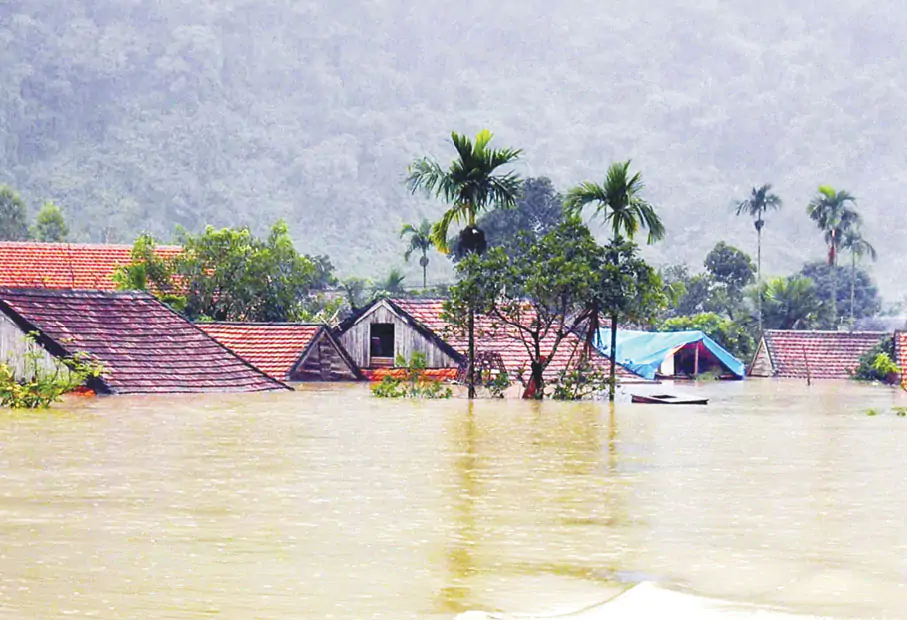
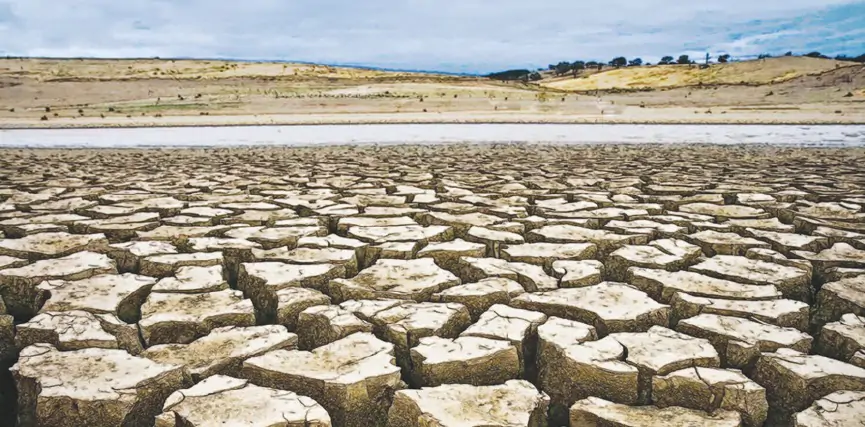
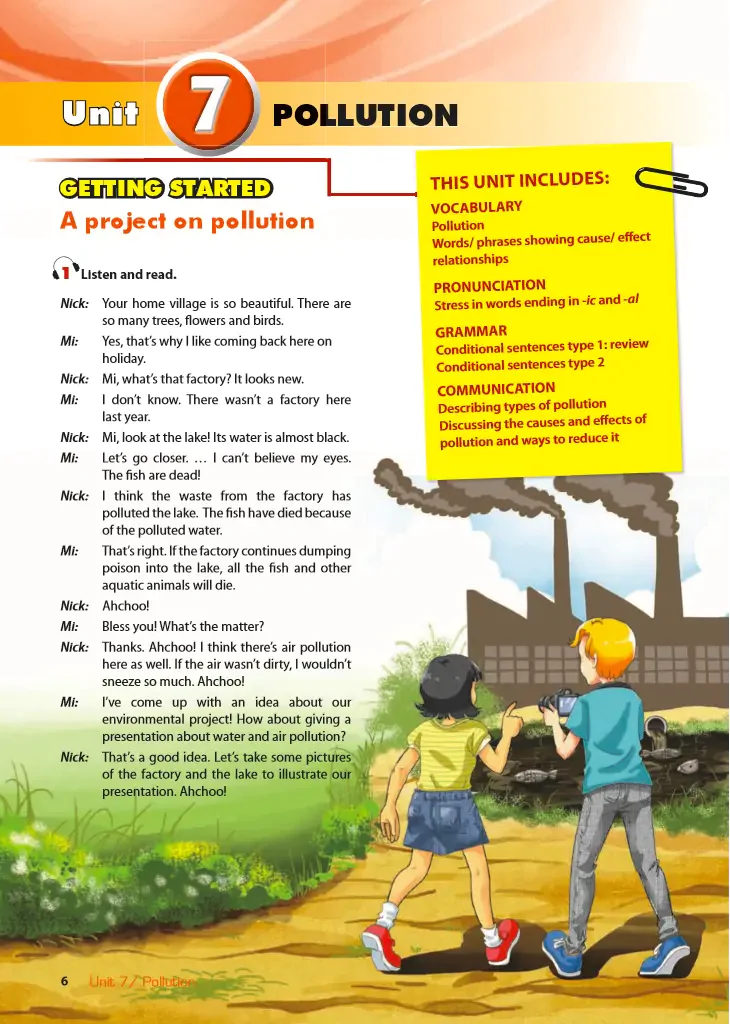
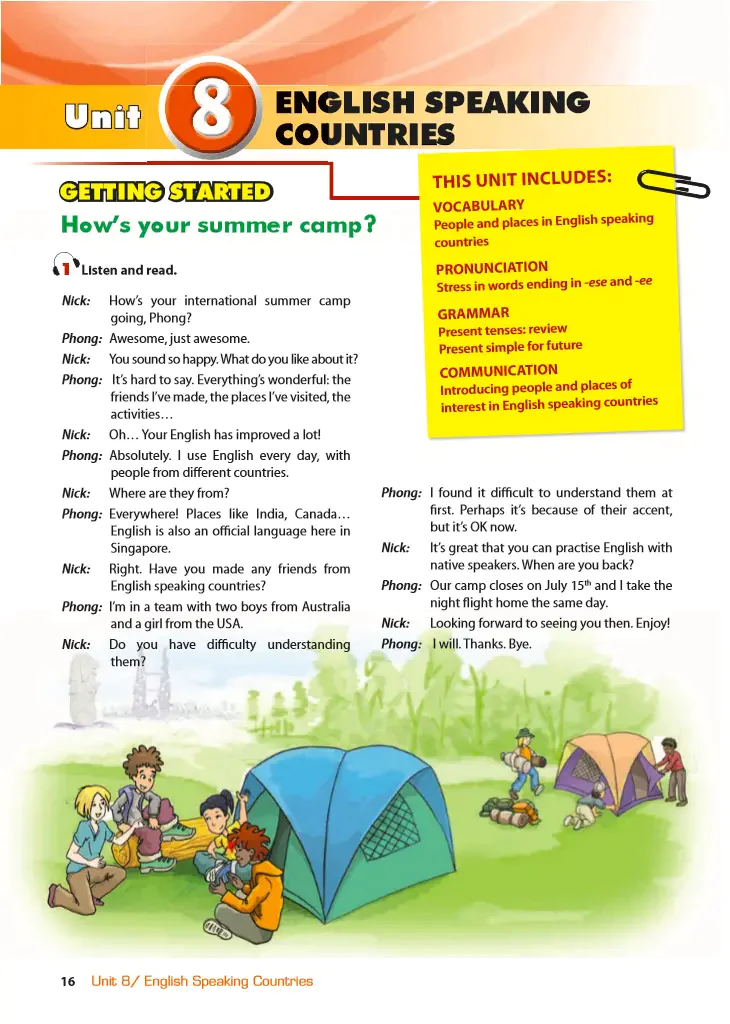
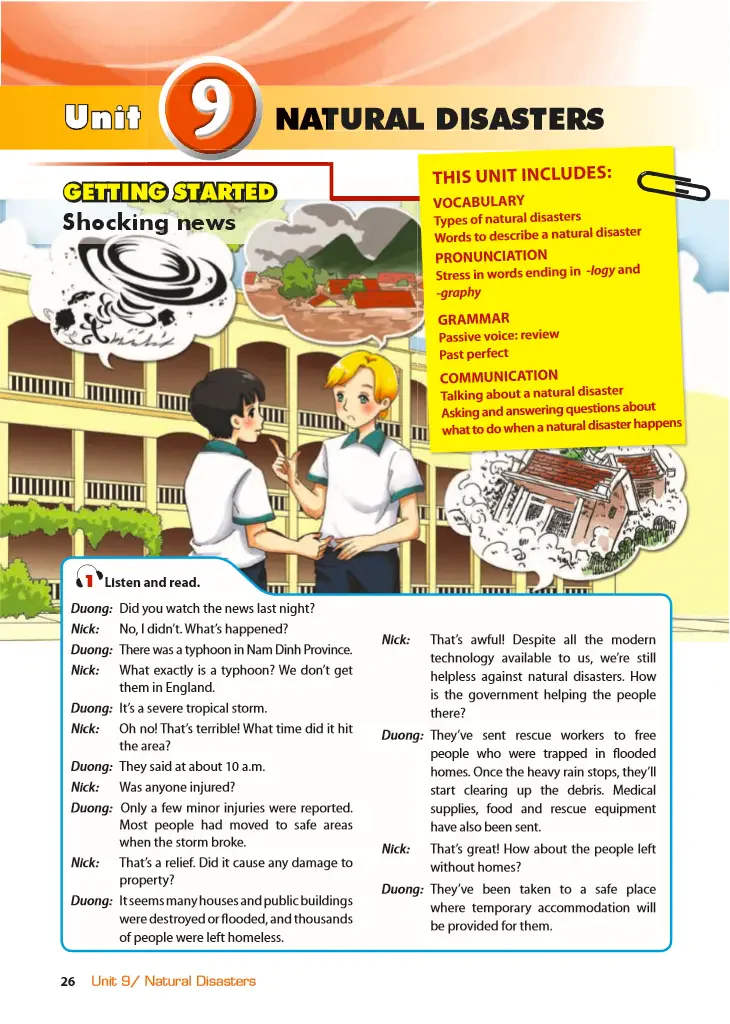
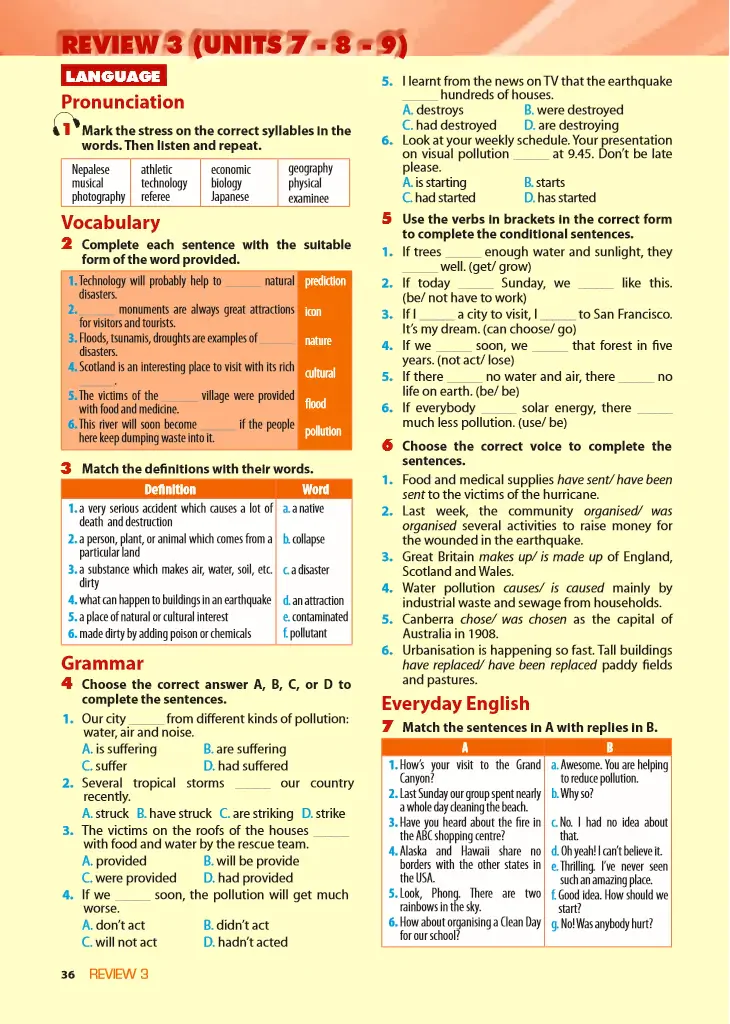
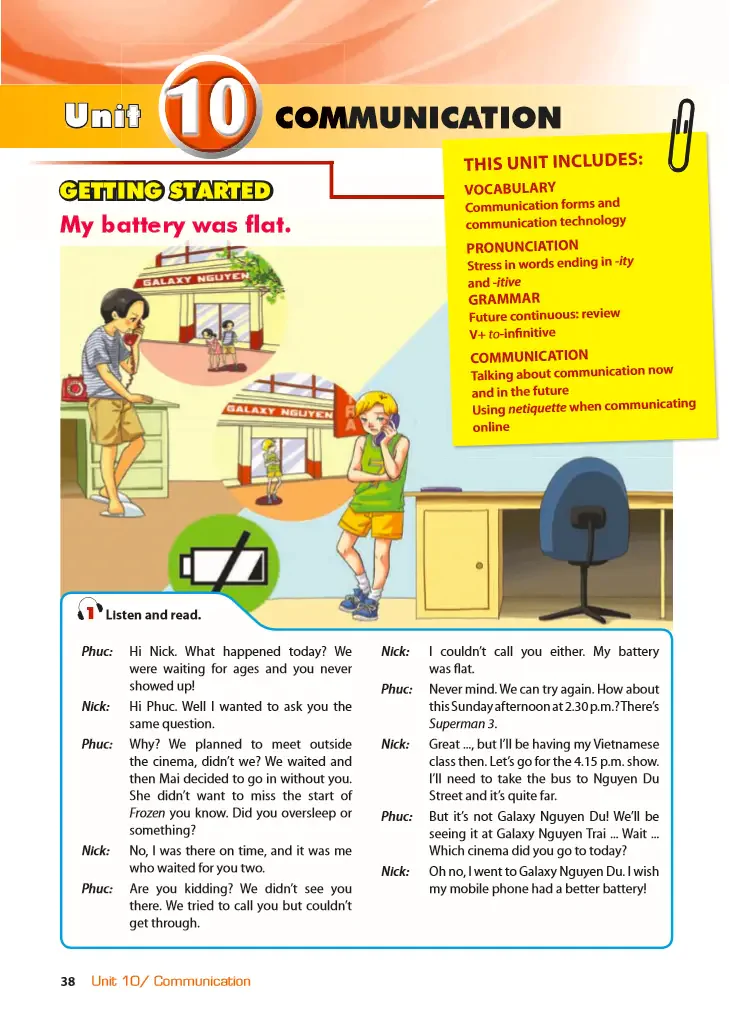
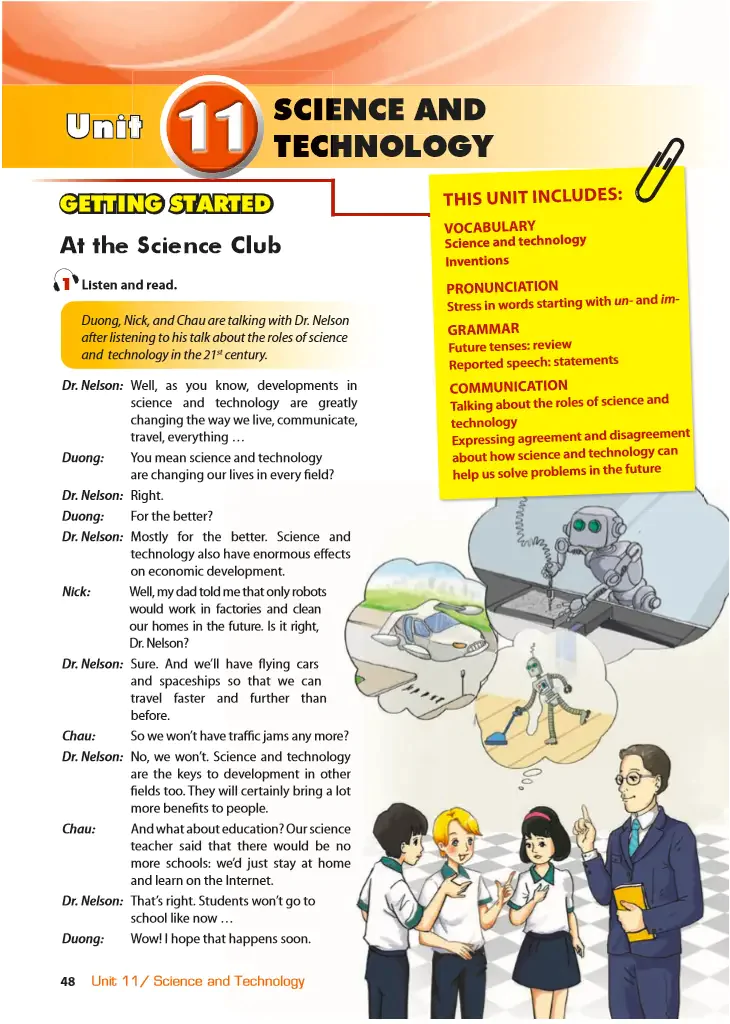

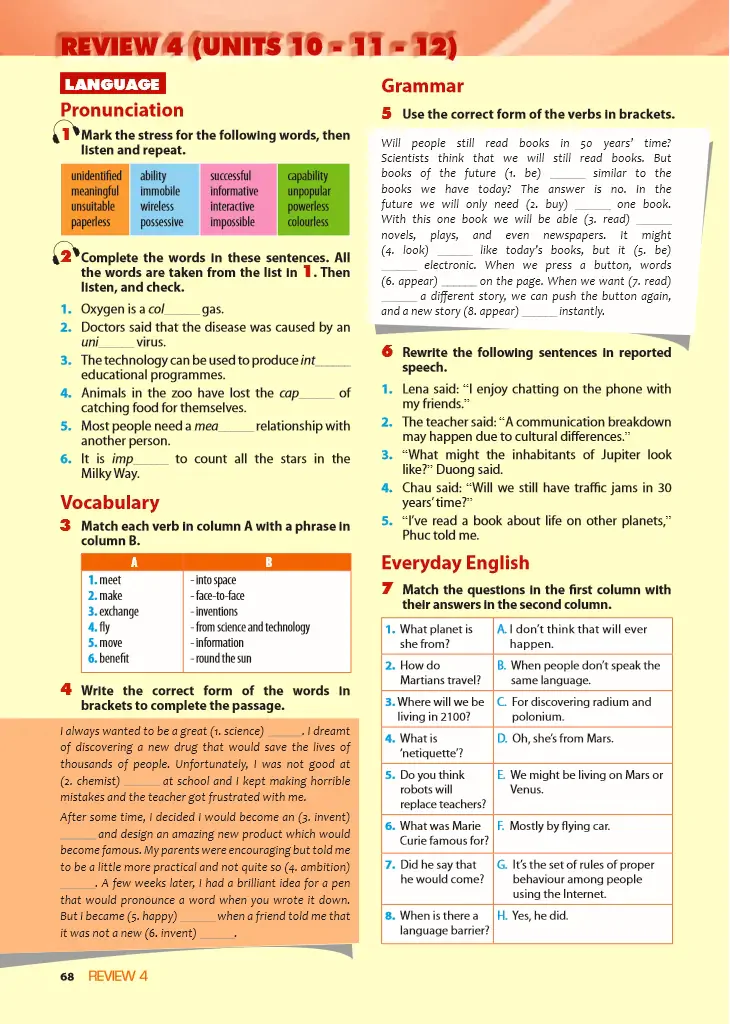










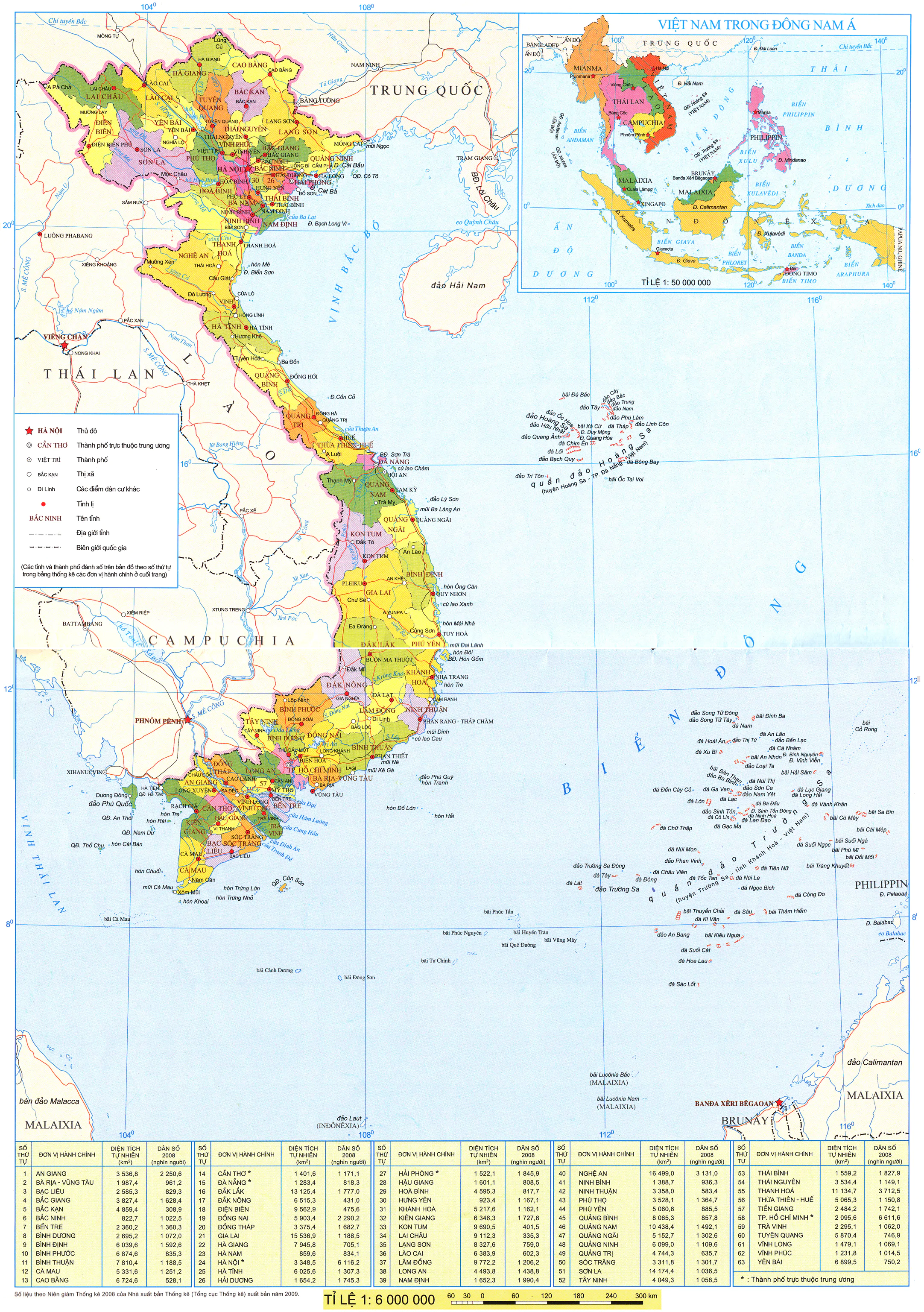
















Bình Luận
Để Lại Bình Luận Của Bạn